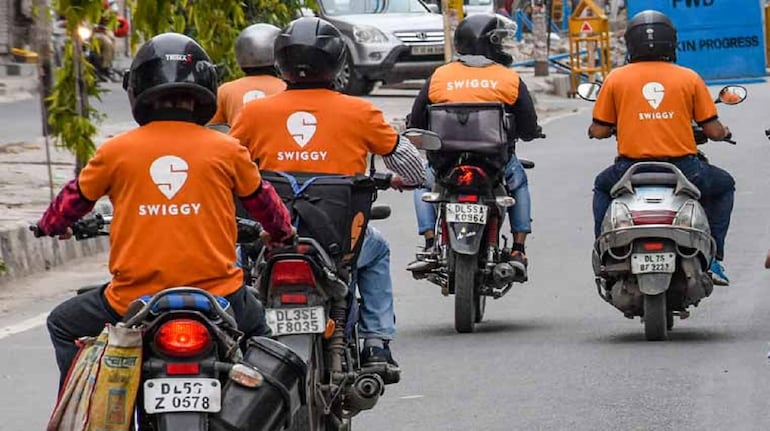http://sharetipsinfo.comJust get registered at Sharetipsinfo and earn positive returns

Anurag Bhargava, who is enrolled at the Delhi University's Faculty of Law, wants people to not pity him. "This job can transform your personality for the good," he said in a LinkedIn A Delhi University student's experience of working as a Swiggy delivery agent to support his education has struck a chord with many on social media.
A Delhi University student's experience of working as a Swiggy delivery agent to support his education has struck a chord with many on social media.
Anurag Bhargava, who is enrolled at the university's Faculty of Law, spoke about the lessons he learnt on job and its perks and the "misconceptions" in a LinkedIn post.
Delivery jobs are know to be underpaid , with odd hours and the immense pressure of quick service.
But the student said his job provided him "easy money" and "flexible timings".
I keep my mom with me in Delhi (in a decent locality) and we live a decent lifestyle," he wrote. "Although, some credit goes to my mom's frugality here, you get the point."
Coming to misconceptions, the student said one of them was that delivery agents are treated badly.
"I have never faced any misbehaviour from any party," he said. "I believe it also depends on your mindset."
While the student may have been fortunate to not have bad experiences, there have been several incidents over the years of people attacking delivery agents.
Next, he said delivery persons are not burnt out. "Yes, the work is physically exhausting, but you are not "burnt out". You are just tired," he added.
The student then reflected on what he had learnt on job.
"Patience and discipline : This job has made me gain a cathartic level of calmness," he said.
Bhargava added that the job had made him more empathetic. "Today I see a person working hard to make ends meet, I try my best to help them in my best capacity."
He also learnt about financial frugality. "Earning big and supporting family may offer you peace of mind, but earning just enough and supporting a dependent makes you feel like a true survivor," he added. "It inculcates a fighting spirit like no other."
The student added the job makes you street-smart.
"Delivering food on time (there are no enforced targets) while navigating Delhi traffic without damaging the food item will make you street smart, anyday. Add to that, how you learn to let your eyes do the talking about negotiating parking spaces."
Many LinkedIn users expressed admiration for the student.
"I appreciate you for the grit to be on your own to support your education," said a user named Manoj Krishnan. "I realize and also understand how tough it is to do the work, but it is a matter of mindset."
"It is absolutely refreshing to see how comfortably you shared your learnings and challenges from a job, which otherwise would have been looked down upon by the white collar community," read another comment below his post.
Others disagreed with some of the points Bhargava made.
Another user enquired about work conditions at Swiggy.
"How much did you earn per hour? How many hours did you work to earn Rs 700 to 750 per day? Any protective measures that Swiggy provided for you while working?" they asked.
"Excellent write-up. However, strongly disagree with your "decent lifestyle" and "not burnt" out part. "The payment (made to delivery persons) is bad and working conditions inhuman -- never justifiable," wrote a user named Tanmoy Majumdar.